Researchers have designed an imaging chip that could turn mobile phones into devices that can see through the wall, wood, plastic, paper and other object. The team of researchers has found a way to make the terahertz band of the electromagnetic spectrum — the spectrum band between microwaves and infrared light — usable for medical or consumer devices. As infrared light can be viewed by some night vision goggles, devices that can image the terahertz band could see through drywall, wood, even human skin. This band has been used before, but the new solution is cheaper and simpler to create.
The research team linked two scientific advancements. One involves tapping into an unused range in the electromagnetic spectrum. The other is a new microchip technology. The electromagnetic spectrum characterizes wavelengths of energy. Radio waves or microwaves are used for cell phones or the infrared wavelength that makes night vision devices possible. By using the terahertz band of the electromagnetic spectrum, images can be created with signals operating in the terahertz (THz) range without using several lenses inside a device. Chips are manufactured using Complementary Metal-Oxide Semiconductor (CMOS) technology.
“CMOS is affordable and can be used to make lots of chips,” Dr. Kenneth O, professor of electrical engineering at UT Dallas and director of the Texas Analog Center of Excellence(TxACE). said. “The combination of CMOS and terahertz means you could put this chip and receiver on the back of a cellphone, turning it into a device carried in your pocket that can see through objects. We’ve created approaches that open a previously untapped portion of the electromagnetic spectrum for consumer use and life-saving medical applications. The terahertz range is full of unlimited potential that could benefit us all.”
Now, the team is trying to create a fully operational imaging system. However, due to privacy concerns, Dr. O and his team is focused on uses in the distance range of less than four inches. Researchers are hoping that consumers and businesses would use the imaging system to find studs, check money for signs of counterfeiting, or check for health problems like tumors.
Source : Physorg

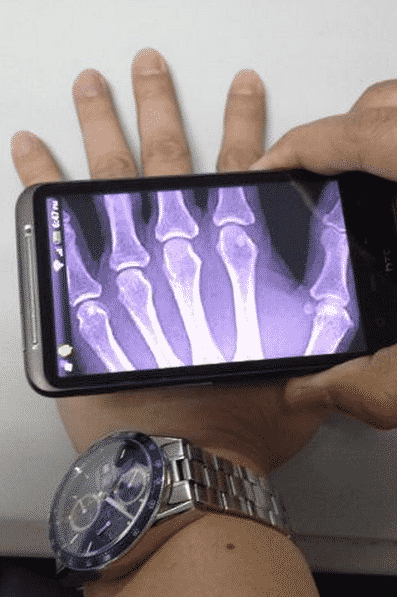
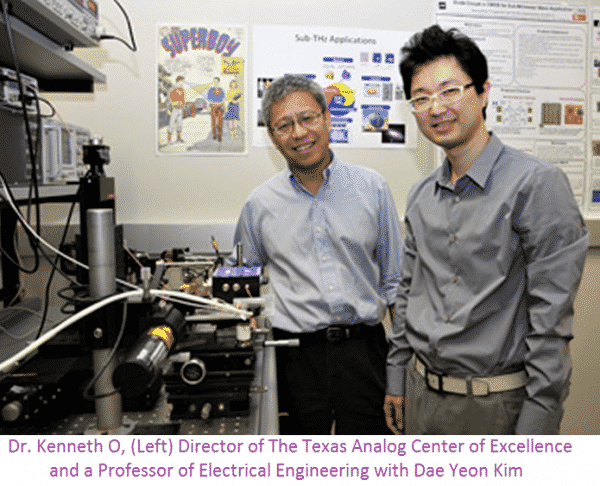
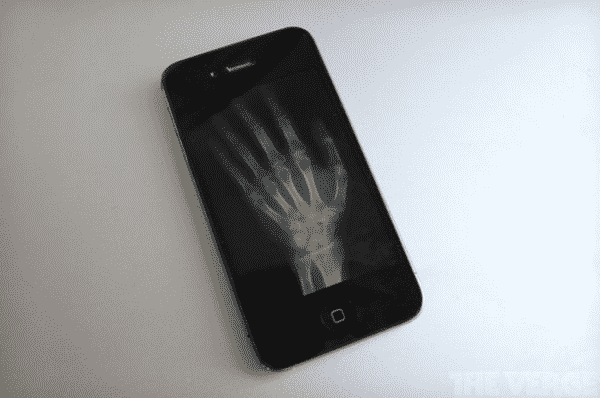

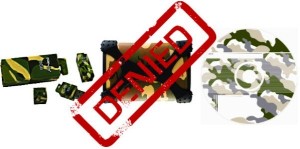
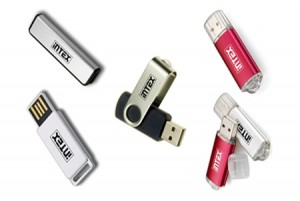
Funny. what a crazy world.
Pingback: New Technology Will Turn Your Smartphone Into An Xray! - ENERGY HQ
Pingback: Future Mobile That Has The Imaging Technology Which Lets It See Through Walls | Images-wide
Loved it, thanks
Pingback: 1infectious
I have a idea of what I want to use this for how would I find the person to talk to about this